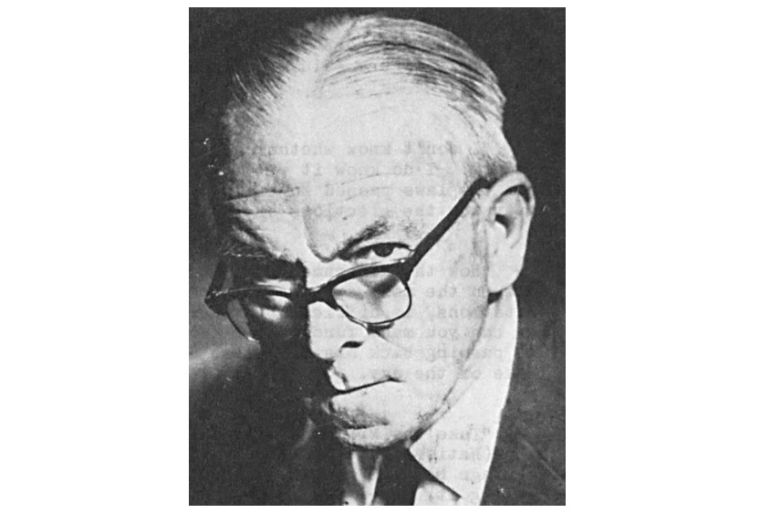Alan Paton: Why is Google honouring him today?
Author and activist Alan Paton showed life in pre-Apartheid South Africa to the world.

Author and activist Alan Paton wrote about life in South Africa during apartheid, and fearlessly spoke out against racial segregation, in person and through his books.
On January 11, he would have been 115 years old. In his honour, Google changed its logo to a doodle portraying the novelist.
This is his story:
South African novelist
-
Born in the Natal province, Paton suffered violence inside his house from an early age. His father used corporal punishment to control his sons, which lead the author to oppose any form of authoritarianism and physical punishment at an early age.
-
His father also introduced Paton to literature. He enjoyed Charles Dickens and Rupert Brooke, as well as the Bible. His family’s religious convictions influenced his work, and the way he looked at society.
-
Paton studied at the University of Natal, and, in 1928, married Doris Francis Lusted. Later they moved to Pietermaritzburg, where he continued teaching.
-
In 1935, after travelling to Sweden, Norway and North America to study prisons, he was appointed at the Diepkloof Reformatory for young, black deliquents.
-
As administrator of the Diepkloof Reformatory for young, black, African offenders, he developed a different reform system that included open dormitories, work outside prison walls and home visitations.
- During his term, the reformatory became a model of penal reform.
To give up the task of reforming society is to give up one's responsibility as a free man.
|
|
Cry, The Beloved Country
- Paton volunteered for service during World War II, but was refused. He toured Scandinavia, England, Canada, and the US.
-
During his tours in the correctional reform facilities across the world, he started to write Cry, the Beloved Country.
-
The book was published in 1948, the same year apartheid was institutionalised.
-
The book sold more than 15 million copies in 20 languages. It is a tale of racial injustice and a social protest against the structures of the society that would later give rise to apartheid.
-
In an interview with the New York Times, Paton said: “I had an eye on my fellow white South Africans and white Americans when I wrote the book. It wasn’t a book written for the right or the middle or the left. I hoped to influence my fellow whites.”
-
Paton was considered the enemy of the ruling party. His passport was withdrawn in 1960, with no reason given.
- In 1970 his passport was restored, and he continued speaking through his books, essays and publications.
-
Paton retired to Botha’s Hill, where he lived until his death. He is honoured at the Hall of Freedom of the Liberal International Organisation.
Cry, the beloved country, for the unborn child that is the inheritor of our fear. Let him not love the earth too deeply ... For fear will rob him of all if he gives too much.